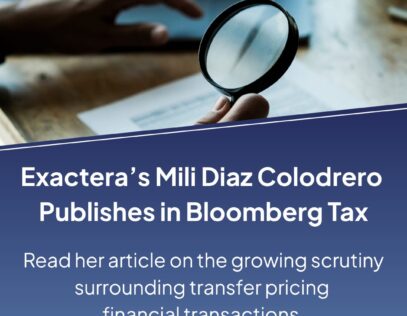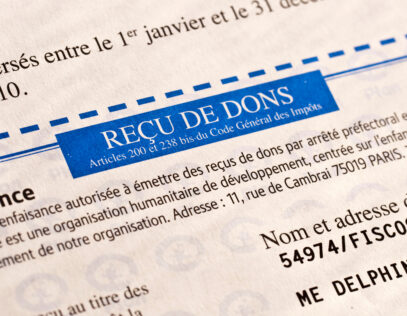As I often tell clients, in the best of circumstances, transfer pricing comps are, at the very least, tricky. Anyone who has ever been through a painstaking benchmarking analysis knows that finding reliable comparables is a perpetual hunt for needles in haystacks. And let’s face it: Today’s aggressive tax environment–where transfer pricing methods are one of the most commonly challenged parts of documentation–hardly represents the best of circumstances.
So, I’m never surprised—in fact, I often recommend it–when clients go straight to internal or external comparable uncontrolled prices (CUPs), to prove their transfer prices are indeed arm’s length. It’s a solid strategy. However, I am astonished when they assume those CUPs provide some kind of indisputable tax certainty.
They don’t.
Granted, many tax authorities prefer taxpayers first use CUPs in their economic analyses—Canada, France, Israel, and Mexico all come to mind. They prefer CUPs certainly over profit-split methods and often over other transactional methods (cost plus, resale minus). But no taxpayer gets to wash their hands of transfer pricing support just because they can call on internal or external CUPs in their analyses.
A few years ago, I went to visit a chemical company and we spent all day looking at their data and evaluating the existence of CUPs. We found internal CUPs that created a defensible position, but it took an entire dedicated day to workshop with 6 different people. Finding the data was like a treasure hunt, and analyzing the information was tricky because the price for sales of the same chemical property was impacted by timing, volume, customer relationship, and various other factors. In the end, we still had to validate the analysis with a supporting CPM / TNMM because the CUP data was very volatile, even for the exact same chemical.
If a company provides CUP data, it’s wise to take a close look to see if the data makes sense, but it may be an unfruitful exercise. That’s why tax executives ignore the potential viability of the CUP method because, even if they do exist, it’s very easy to make an argument that they don’t meet all of the comparability requirements. Hence, why we say, CUPS are easily broken.








